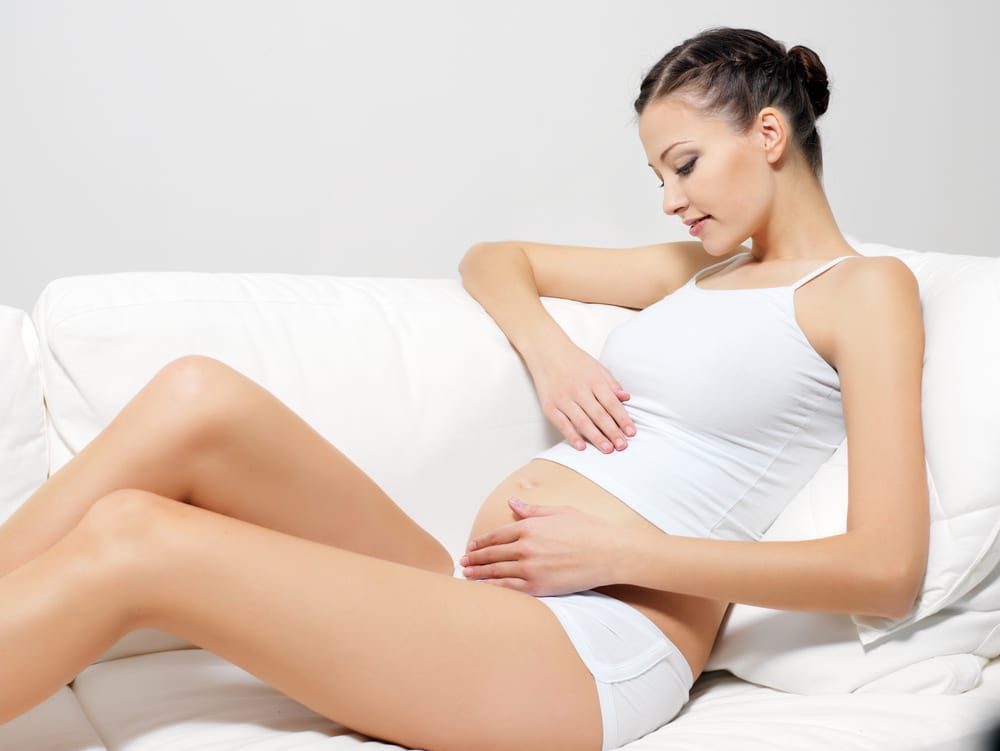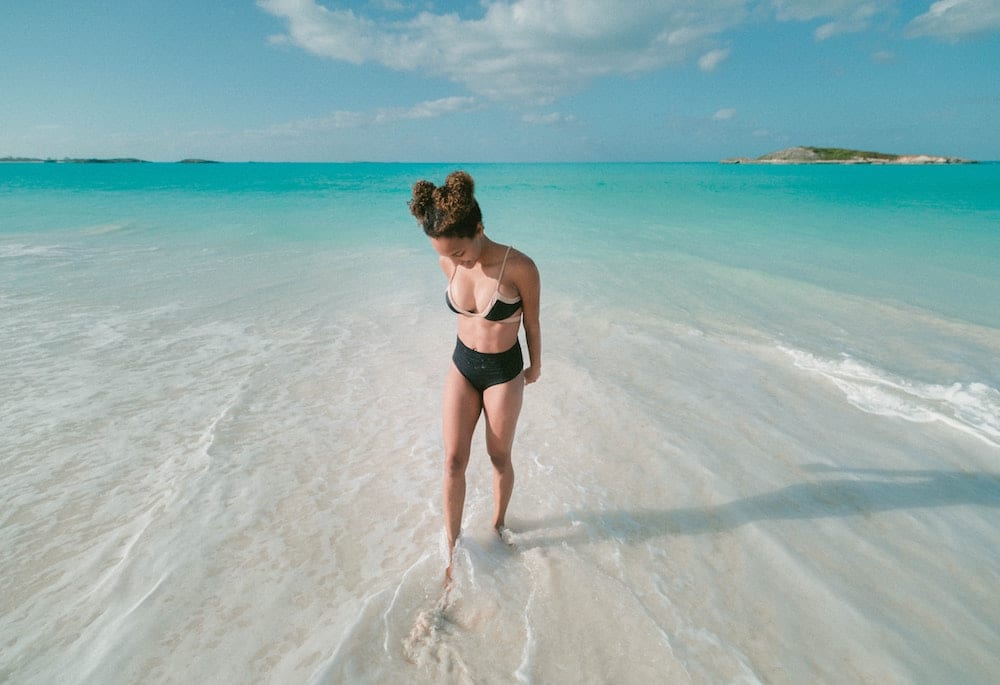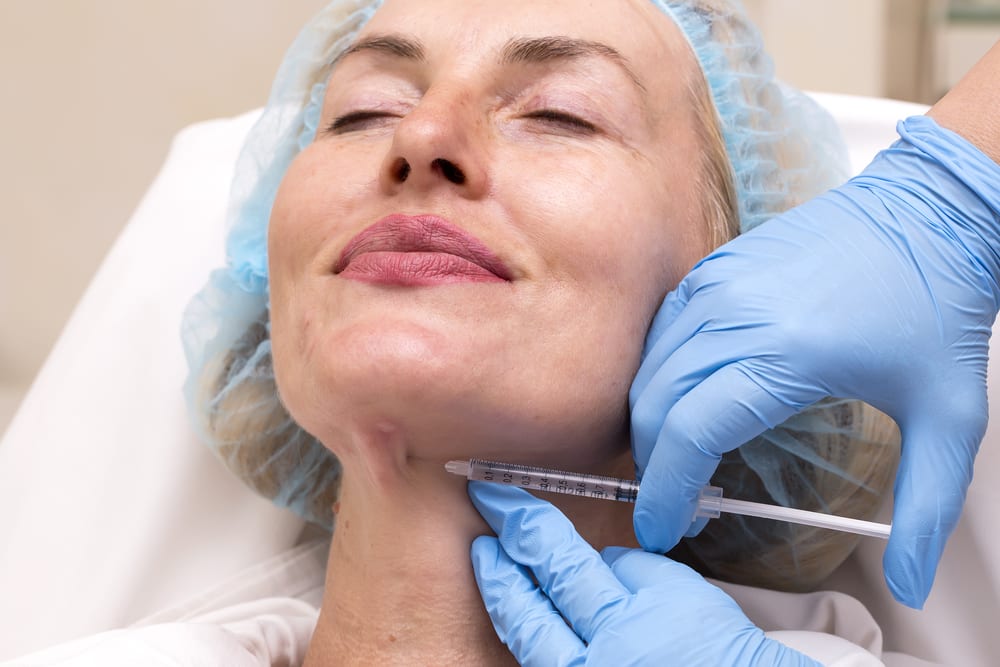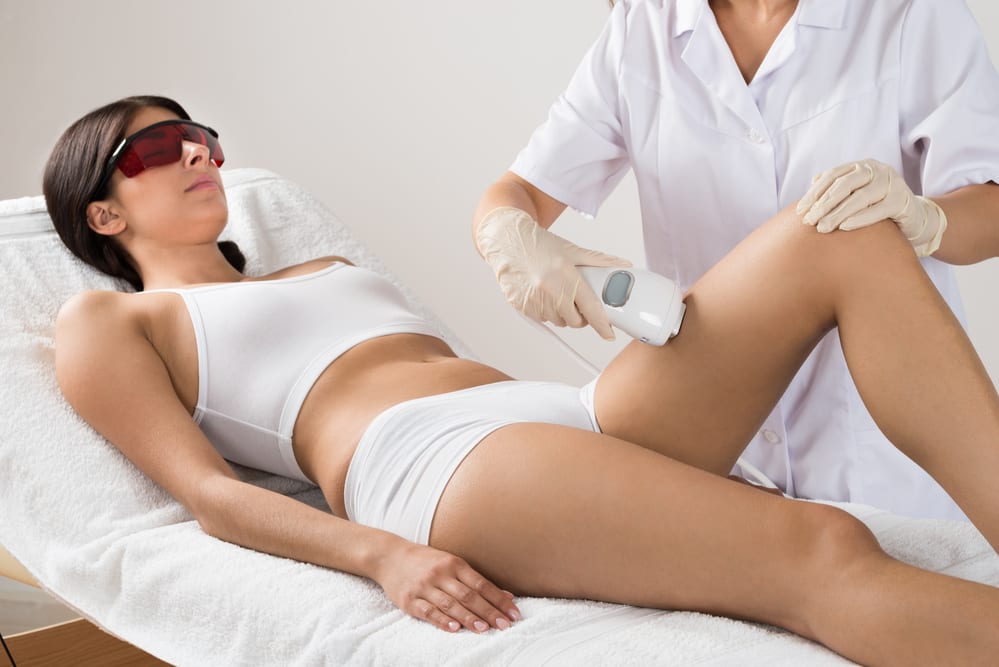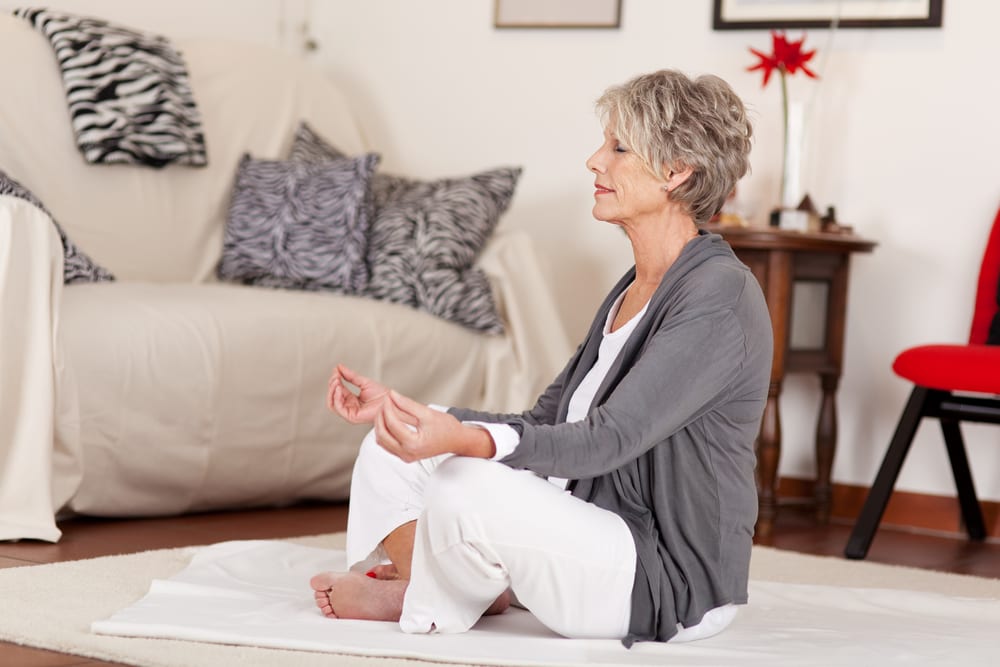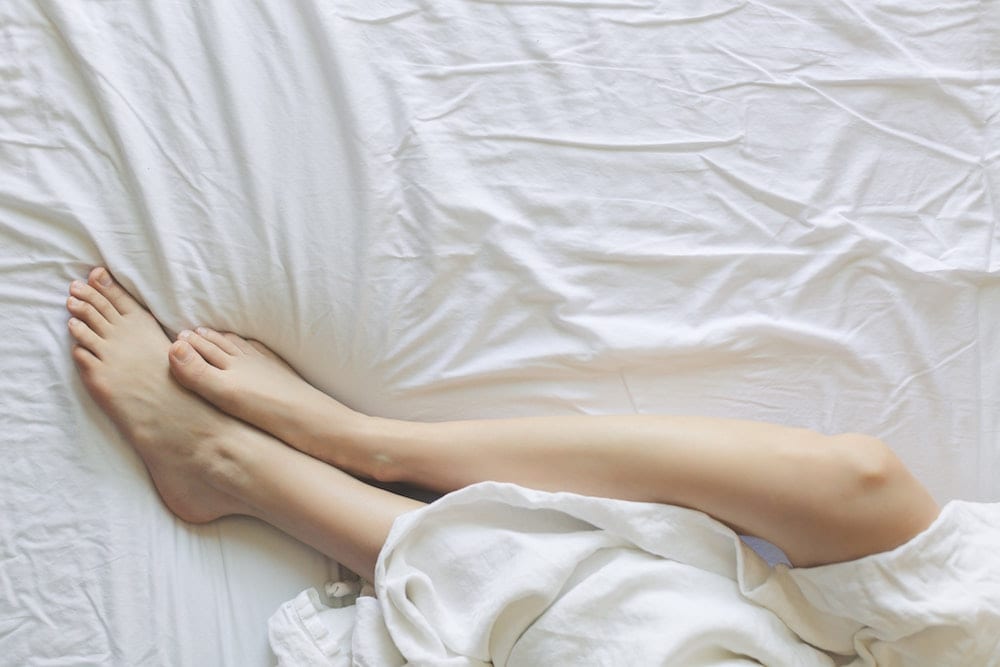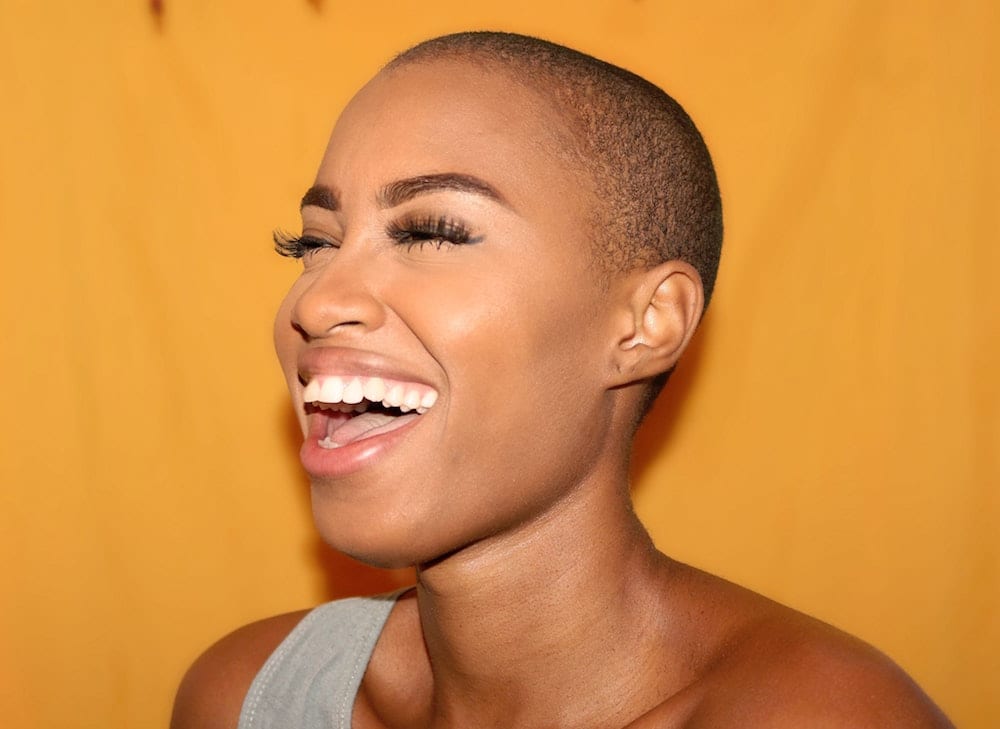While pregnant, women typically have a lot more on their minds than excess body hair. The extensive hormonal changes that accompany pregnancy often bring unwanted hair growth, sometimes in quantities and places that you might not normally expect.
Although this is not always the case, many women experience increases in hair growth on the face, neck, stomach, breasts, lower and upper back, and several other areas. The growth may not just be confined to new areas of your body, but may also include thicker hairs than you typically have.
While it’s a cosmetic annoyance and likely to go away on its own after giving birth, many women look for ways to remove this excess hair growth safely. Given your baby’s sensitivity to the chemicals and procedures that you’re exposed to during pregnancy, it’s well worth asking whether traditional hair removal practices are safe during your pregnancy. It should also be noted that extreme hair growth can be a sign of other medical problems.
Safe Hair Removal Methods
Shaving, plucking, threading, and waxing are regarded as the safest hair removal methods. However, there are several precautions that you should follow before undergoing a wax treatment, primarily to minimize the chance of infecting any open cuts or other skin blemishes.
Questionable Hair Removal Methods
There are significant questions about whether bleaching, electrolysis, hair removal creams, or laser hair removal are safe for use while pregnant. Although these methods haven’t been studied in enough depth to give a definitive answer, we think it would be prudent to avoid using any of these methods if you’re pregnant, or if you feel that you might be.
You should avoid any unnecessary risks to your baby; the chemicals, electrical pulses, or light pulses that these techniques use all fall under the category of things that can, and should be avoided. You should not only be concerned about any procedure’s adverse effects on your baby but also on your body — and even more so if you also plan to breastfeed your child.
Note that our warning against the use of laser hair removal while pregnant does not imply that the procedure is typically dangerous in any way, but simply that no research has been undertaken to determines its safety one way or the other. In the absence of this research, we have to recommend that the most prudent decision is to avoid the procedure until after giving birth.
Your Laser Skin Care
Your Laser Skin Care is experienced and medically qualified to perform laser hair removal, as well as a wide range of other non-invasive cosmetic techniques. We can answer any questions you might have regarding these procedures and provide advice on the most effective (and cost-effective) ways to help you achieve your cosmetic goals. Call us at (323) 525-1516 to schedule a free consultation or visit us online for more information.

